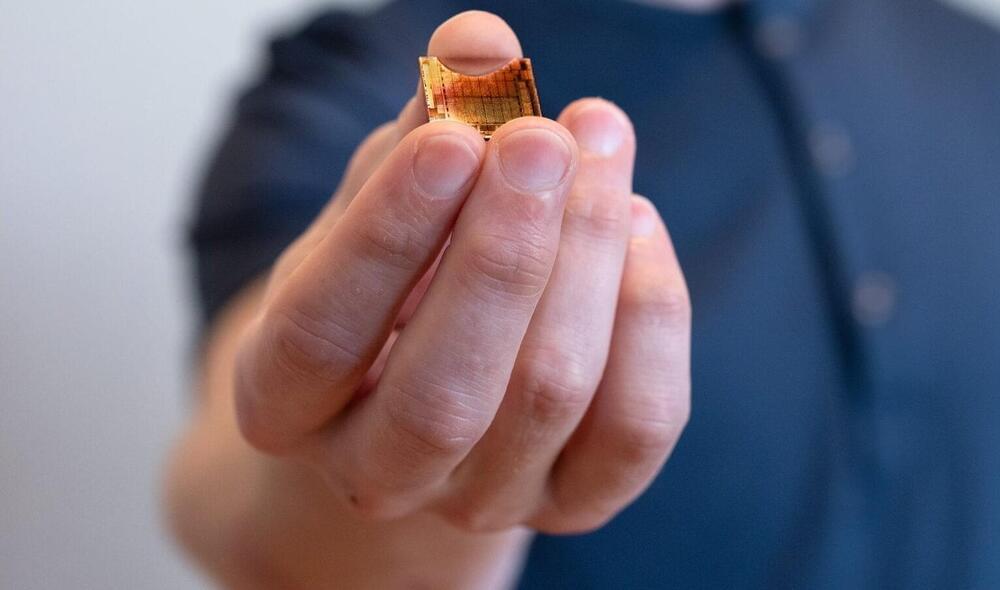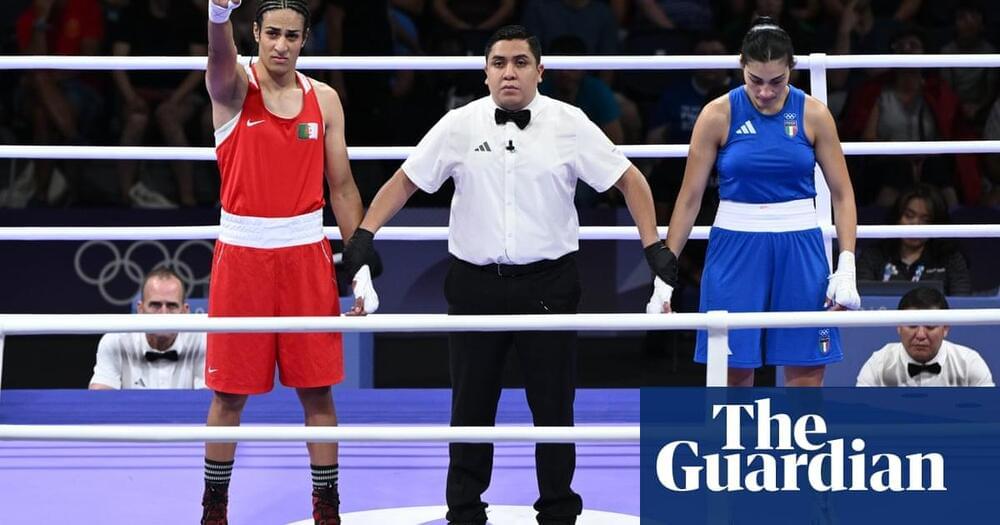A recent study of Iceland’s Krafla volcanic caldera suggests hidden magma pools may be lurking under many of the world’s volcanic systems.






Meta CEO Mark Zuckerberg believes open-source language models like Llama are the future of AI. The company is investing heavily in computing power for its next-generation model and expects AI chatbots to become ubiquitous on websites soon.
Ad.
“I think we’ll look back on Llama 3.1 as a turning point in the industry, where open-source AI started to become the industry standard, like Linux,” Zuckerberg said during the latest earnings call.

The Italian boxer Angela Carini broke down in tears after she abandoned her bout against the Algerian Imane Khelif after 46 seconds in a fight that sparked huge controversy at the Olympics.
Khelif is one of two boxers permitted to fight at the Olympics despite being disqualified from the women’s world championships last year for failing gender eligibility tests.

20-year-old Taiwanese artist Xhongkai Xiang has created an amazing full-size Iron Man suit out of cardboard. It took him an entire year to build the highly detailed suit. You can view more photos of his work on the Stan Winston School of Character Arts blog.
Images and video via Stan Winston School of Character Arts.
This scientist and engineer made a functional Iron Man helmet for his cat, Cathode, which can open and close at the push of a button.

